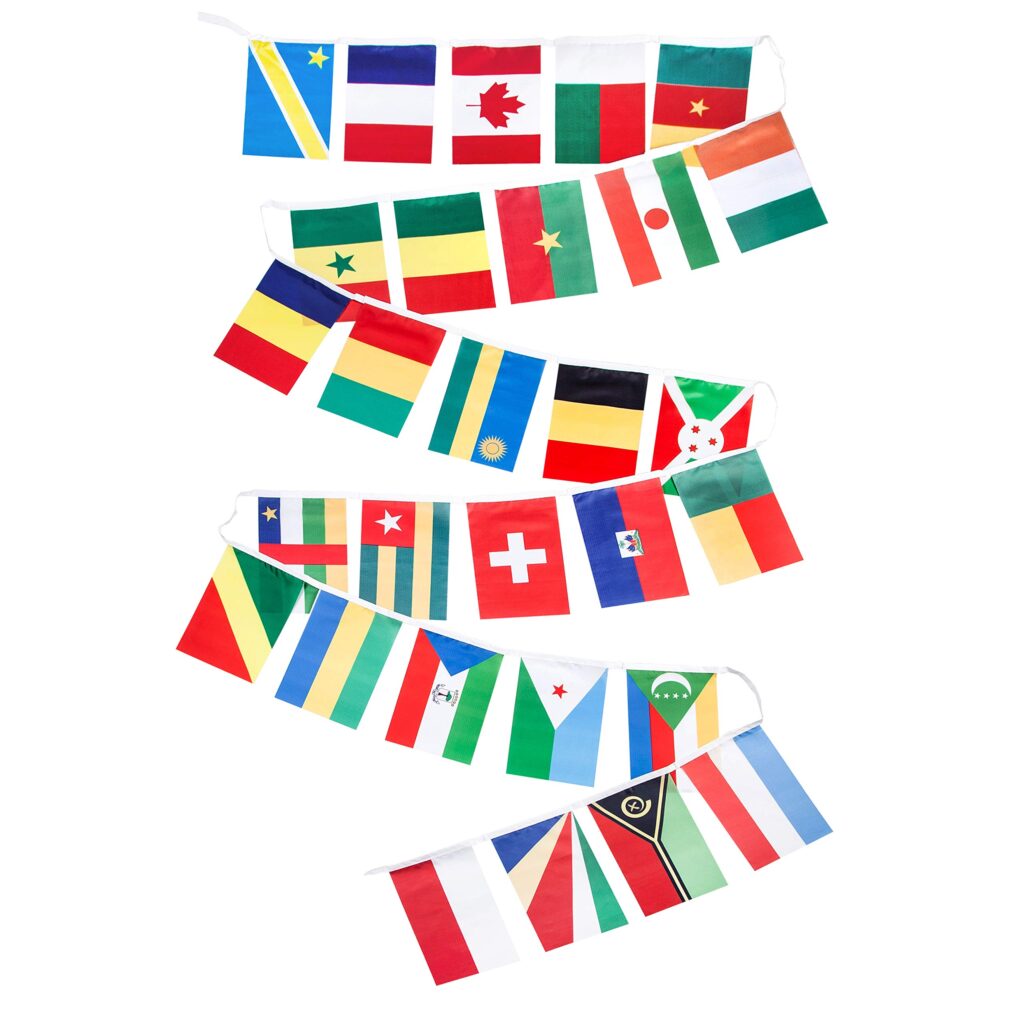Introduction
Technical translation demands absolute accuracy. A small error can lead to significant issues. Therefore, it’s crucial to follow rigorous processes. Let’s explore how to ensure precision in this type of translation.

Why is accuracy vital in technical translation?
Technical texts, such as manuals or specifications, contain critical information. A mistranslated term can cause failures in products or services. Moreover, it affects safety and the company’s reputation. Thus, accuracy is not optional; it’s essential.
Selecting specialized translators
It’s vital to choose professionals with experience in a specific field. For instance, a translator knowledgeable in electrical engineering will better understand relevant terms and concepts.
Use of glossaries and translation memories
Glossaries ensure terminological consistency. Translation memories store previously translated segments, facilitating coherence in future projects. These tools are indispensable for maintaining quality.
Finally, if you need more information visit Technical glossary of translation terms.
Review and quality control
After translation, the text must be carefully reviewed. Ideally, another professional should perform this review. Additionally, it verifies that terminology is consistent and accurate.
Technological support tools
There are programs that assist technical translation. For example, computer-assisted translation (CAT) tools enable more efficient work. These tools offer suggestions based on previous translations and help maintain uniformity.
Cultural and linguistic adaptation
Although technical texts are universal, it’s important to consider cultural differences. Some terms or units of measurement vary by country. Therefore, content must be adapted to the target audience, ensuring comprehension and relevance.
Continuous knowledge updating
Technology and terminology evolve rapidly. Translators must stay updated on developments in their field. Participating in courses, seminars, and reading specialized publications is essential to provide accurate and current translations.
Communication with the client
Maintaining open communication with the client is key. If doubts arise about certain terms or concepts, it’s better to consult them. This collaboration ensures the translation faithfully reflects the original content and meets the client’s expectations.
Conclusion
In conclusion, technical translation requires a high level of accuracy. To achieve this, it’s essential to have specialized translators, use appropriate tools, and maintain constant communication with the client.
Finally, if you need more information visit Legal Translation: How to Avoid Costly Mistakes.



